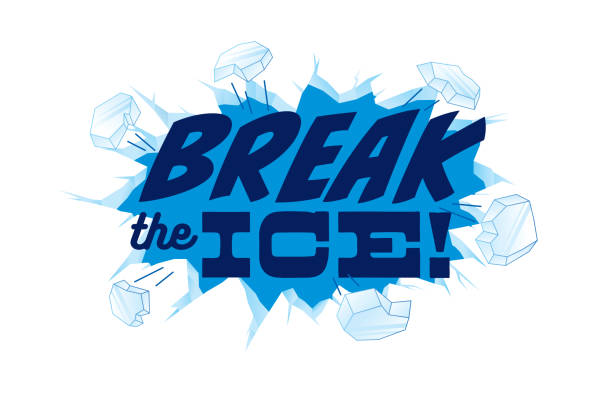innovuscollege.com – Phrase The phrase “Break the Ice” is a well-known idiom that signifies the act of initiating conversation or easing tension in a social setting. It is often employed when individuals meet for the first time, or when a situation feels awkward, requiring someone to take the lead and foster a comfortable atmosphere.
Historical Origins
The origins of this expression can be traced back to the seafaring and trading practices of the 1600s. During this period, ships navigating frozen waters frequently encountered thick layers of ice obstructing their path. To ensure safe passage, specialized ice-breaking vessels were dispatched to break through the ice, clearing the way for other ships to proceed. This literal act of breaking ice gradually evolved into a metaphor representing the overcoming of initial difficulties to enable smooth progress.
Transition to Figurative Usage
As the phrase transitioned into figurative usage, it came to symbolize the effort required to overcome social stiffness or barriers. Just as ice-breaking ships paved the way for others, a person who “breaks the ice” in conversation helps those around them feel at ease, facilitating natural interaction.
Relevance in Modern Society
In contemporary society, “break the ice” remains a widely recognized and frequently used expression. Whether in casual social gatherings, business meetings, or networking events, the phrase underscores the importance of initiating dialogue to foster positive connections. Its enduring popularity highlights the value of making that crucial first step toward establishing rapport.
Cultural and Historical Significance
Understanding the nautical roots of this familiar phrase not only enriches our appreciation of its meaning but also connects us to a time when the success of a journey often depended on the ability to break through literal barriers. Today, though the ice may be metaphorical, the need to overcome initial hesitations and build relationships is as relevant as ever.





